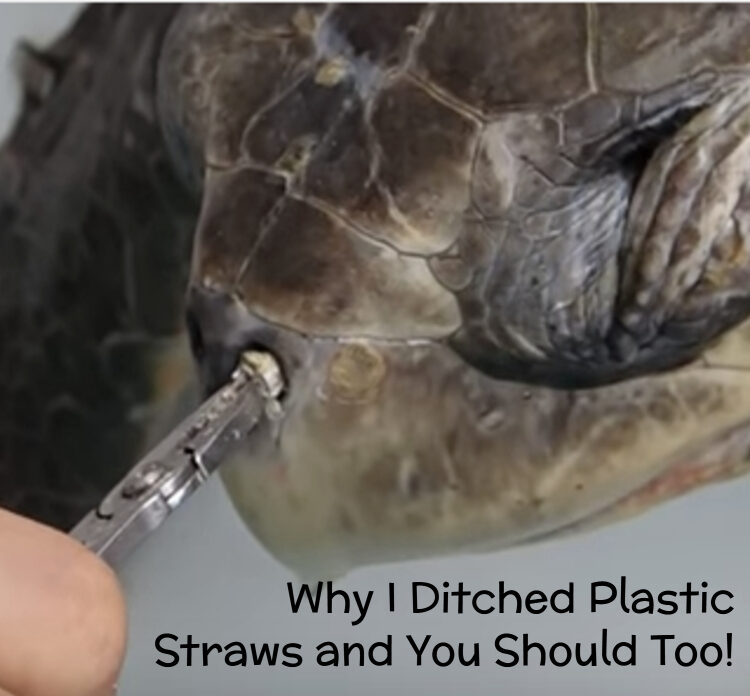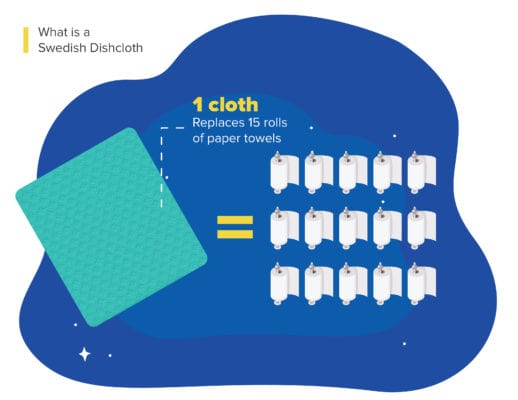As you’ve taken the path to a chemical-free home through our bio-enzyme cleaner, we’ve been privileged to be a part of your journey. Your questions and concerns about our use of plastic bottles have not gone unnoticed, and we are here to provide transparent and comprehensive answers to the “why” behind our choice of plastic packaging.
Table of Contents
Toggle
Within this blog, we’re taking a deep dive into the core of our decision-making process. We will address your questions and shed light on the careful thinking that led us to choose plastic packaging for our bio-enzyme cleaner, Although we are committed to reducing our use of plastic, this option may seem counterintuitive. But fear not – we’re excited to share the full story that explains this apparent contradiction. So, join us as we uncover the reason why plastic packaging Bio-enzymes are used for cleaners.
A permanent solution
In our journey to provide effective natural cleaners, we faced a packaging dilemma. The nature of bioenzymes requires a container that can withstand their fermentation process. Bio-enzyme cleaners undergo fermentation, which involves the breakdown of organic matter using natural enzymes. As this process unfolds, the enzymes create products, including gases such as carbon dioxide.

Imagine these gases as tiny bubbles of air that slowly accumulate within the cleaner. For example, when you shake a soda bottle, gas can be formed. As gases are generated and trapped within the cleaner, they exert pressure on the walls of the container, so they need a container that has the ability to expand due to gas buildup.
Why are glass bottles not ideal for bio cleaners?
Now if we store these bioenzymes in a hard container like glass, a problem arises. Glass is strong but lacks flexibility. As the gases are generated and trapped within the cleaner, they exert pressure on the walls of the container.
In the case of glass, this pressure can create forces that the glass cannot withstand. Eventually, the pressure becomes too great, and the glass may crack or shatter. This not only poses a risk of damage to the product but can also pose a safety hazard.
On the other hand, plastic bottles are more flexible by nature. They can expand precisely to accommodate additional volume without breaking or causing damage. Due to this flexibility, plastic is suitable for packaging bio-enzyme cleaners.

Therefore, while glass bottles look attractive due to their transparency and appearance, they are not suitable for containing substances that release gas during fermentation. Plastic, with its ability to expand slightly, ensures the safety of the product and its users, making it the preferred choice for bio-enzyme cleaner packaging.
Why are metal containers not ideal for bio cleaners?

Metal containers may seem viable, but they create challenges for bio-enzyme cleaners. The natural enzymatic components in these cleaners can react with some metals, causing rust and compromising the effectiveness of the product. Additionally, this interaction may alter the structure, leading to reduced performance, unexpected odor, or color change.
Plastic packaging, but with a twist!

Rather than contribute to the growing problem of plastic waste, we set out on a mission to rescue discarded plastic bottles and give them a new purpose. It was a challenging route, requiring extensive cleanup and upcycling efforts. Still, we believed it was the right thing to do – to reuse rather than discard.

Reusing old plastic bottles reduces waste and gives the planet some much-needed love. The bottles we use for our cleaners are recycled plastic bottles. When we say “upcycling”, we mean that we reuse old plastic bottles. We gave bottles a second chance to shine!
By using these upcycled bottles for our cleaner, we are preventing new plastic from being produced. Moreover, recycling is limited these days due to many reasons, so rescuing and reusing is the best thing we can choose. Through these actions, we can actively reverse the damage we have collectively caused to our environment. This is an opportunity for everyone to make a positive contribution, demonstrating that by working together and making simple changes, we can significantly reduce the burden on our planet and make a positive difference to the world we share. Can bring.
When you choose our cleaners, you are not only making your home shine but also helping keep the planet clean and happy.
Idea of returning bottles for refilling
You might think that sending our bottles back for refilling is the best option, but there’s more to the story. We want to share some details that explain why this idea may not be the same Environment friendly seems to be.

The thing is: we buy these bottles from scrap collectors, and the truth is that these bottles have very little value. This is often less than the cost of sending them back to us for refilling. So, although refilling may sound great, its environmental benefits may be outweighed by the carbon footprint generated during transportation.

Instead of going through the hassle of returning bottles, we have an easy solution. We recommend that you dispose of bottles responsibly by using local recycling options.
Doing your part: Disposing of our bottles properly
When it comes to responsible disposal of our bottles, we have a recommendation that is in line with both environmental awareness and practicality – hand them over to nearby junkmen or scrap collectors. By handing over bottles to scrap dealers or scrap collectors, you become an important link in the sustainability chain. We also buy these bottles from scrap dealers and recycle them to store bio cleaners.
These collectors collect things like plastic Make bottles and sell them to large recycling companies. It is not just a simple transaction but a process contributing to the circular economy. Recycling companies recognize the value of these materials and offer good prices for them. The bottles you hand over are collected, processed and transformed into valuable raw materials that find new life in the form of various products.
You have a few other options, each contributing to the cycle of sustainability:
1. Reuse and Re-Purpose

You can reuse bottles for various purposes in your home. From storage containers to creative DIY projects, these bottles can extend their lifespan.
2. Homemade Bio Enzymes

Another option is to make your own bioenzyme solution in these bottles. This way, you’re keeping the cycle of eco-friendly cleaning alive.
3. Hand it over to the scrap dealers
Alternatively, by giving the bottles to junkmen or scrap collectors, you contribute directly to the larger recycling ecosystem. The bottles you handed over get a new chance at life.
It is important to note that we also purchase these bottles from scrap collectors, creating a sustainable loop. By choosing to dispose of bottles responsibly, you are closing the loop and extending the lifecycle of these resources.
conclusion

In short, your actions reverberate far beyond the moment of disposal. They resonate through a system that values sustainability, responsible resource management and the protection of our environment. Through this cycle, you reduce waste, conserve resources and support a green planet.
Share via:




